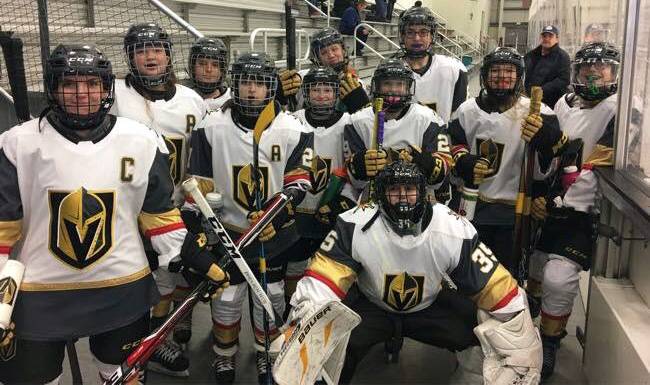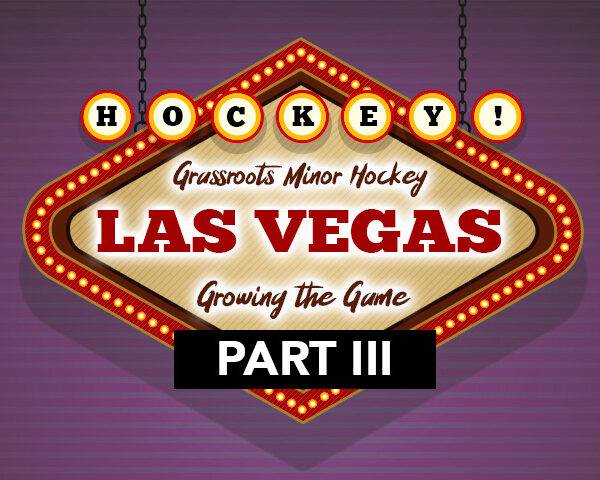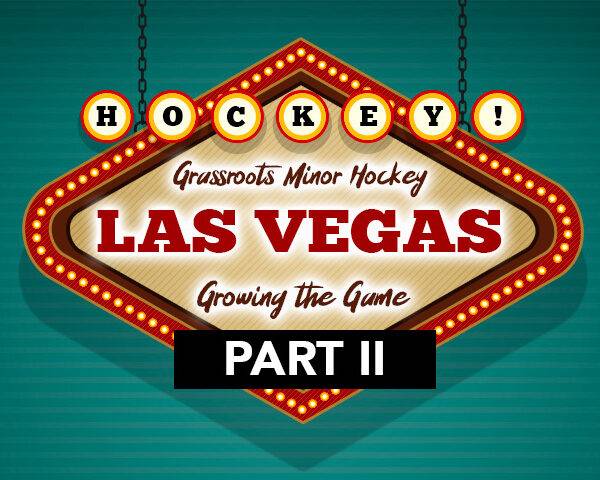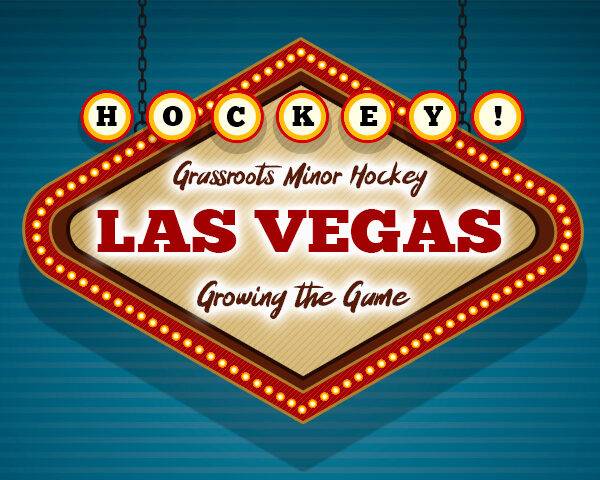Some of my favorite childhood summer memories took place at camp. Learning new skills, making new friends from around the country, and all day dedicated to the gym and training.
Today, sports camps often include professional athletes, state of the art equipment, and video feedback. Unfortunately, the one area they typically haven’t advanced is nutrition for youth and teen athletes.
Although there are a few that incorporate nutrition education into their schedules, many are still providing pizza, chips, and ineffective sports drinks as “fuel.”
Yet, while we know nutrient-poor meals and snacks won’t provide adequate energy for the afternoon sessions- or recovery for tomorrow — knowing what to pack for a long, continual day of training can be challenging.
Since digesting a full meal takes about four hours, an assortment of fueling “mini meals” will help maintain their energy and focus throughout the day … and their bodies recover for the next day.
Investing in a good cooler bag, thermos, and/or portable blender provides even more fuelling opportunities. Consider cutting fruit/sandwiches in halves or quarters for quick grab n’ go between sessions to minimize waste.
Plan for 1-2 snacks for every scheduled break as well as a variety of colors and textures to accommodate various hunger patterns. An “emergency” packaged snack (Himalayan salted popcorn, Kind or Zbar) in their bag is helpful for days when their appetite changes based on various training intensity.
Consider these convenient fuelling options for all-day camp:
- Mini or half bagel with cream cheese
- Banana, pineapple, berries
- Non-dairy, non-refrigerated beverage (ex. Ripple)
- Small sports drink (6-8 oz) – look for one without artificial colors or synthetic sugars (acesulfame potassium, sucralose… stevia can also cause stomach distress) like Body Armor
- Chickpea or regular pasta salad with diced veggies
- Nut butter sandwich with banana, jelly, or a drizzle of honey
- Carrots, celery, cucumber, and or sliced red/yellow/orange bell peppers
- Chicken or turkey wrap with lettuce and sliced avocado
- Tortilla chips with salsa
- Chicken and rice/farro
- Breakfast “cookie”
- Fruit & spinach smoothie (portable blender or reusable water bottle with a straw)
- Air popped popcorn
- Z-bar or Kate’s bar
- Salad with quinoa, diced veggies, and chicken
- Pancakes or waffle with small Greek yogurt to dip
- Pretzels and hummus
Since there’s typically only 1-2 hours between training sessions or activities, wait until the end of the day for slower digesting dairy and red meats.
Wondering about your athlete’s individual nutritional needs? Looking for the breakfast “cookie” recipe? Reach out to me on RockPerformance.net.
The post Fuelling Tips for Hockey Camps appeared first on Elite Level Hockey.











